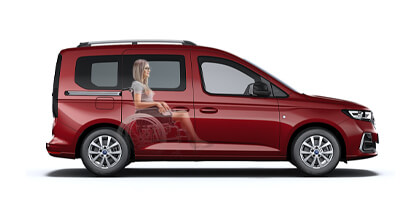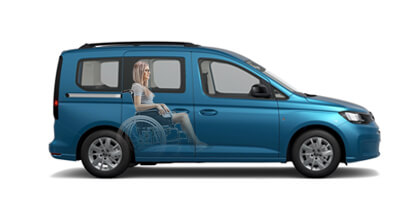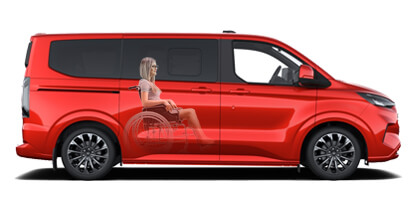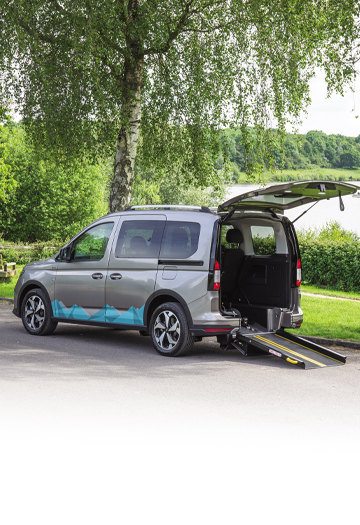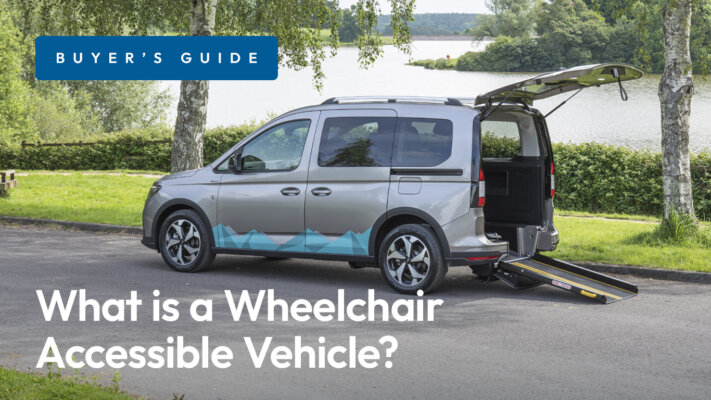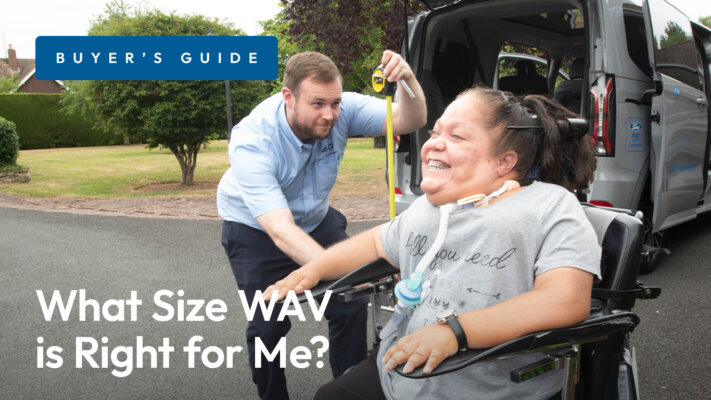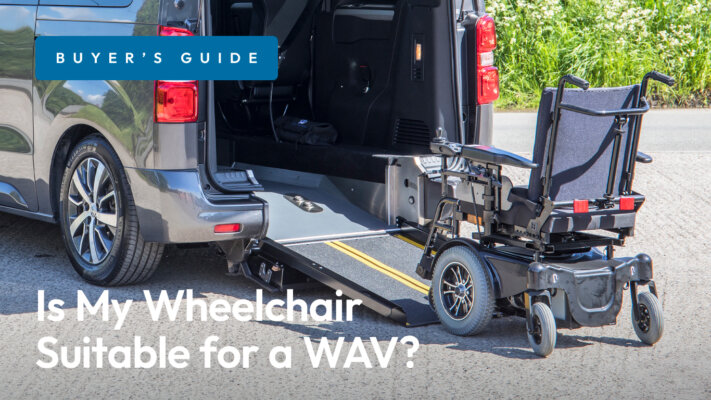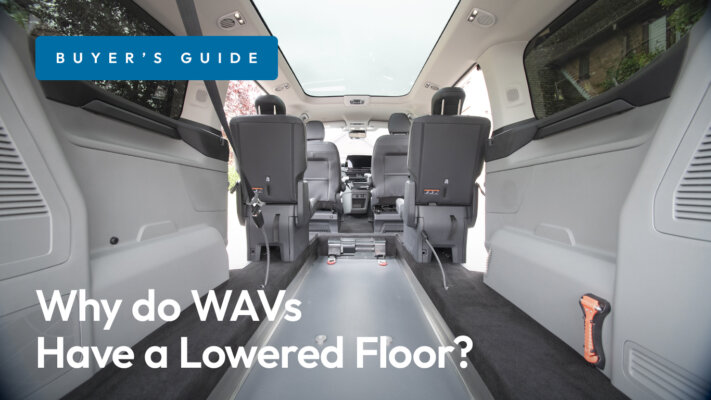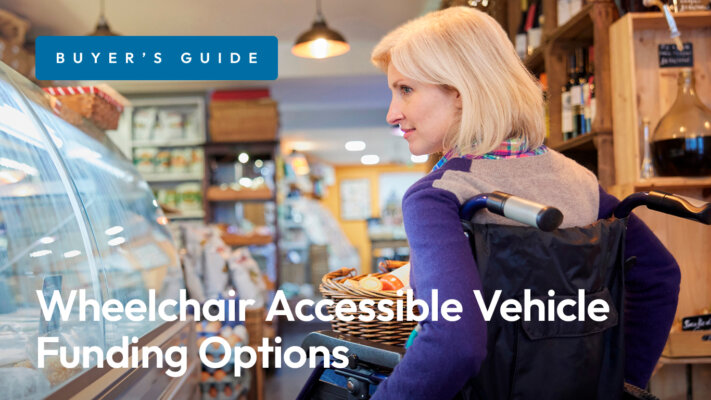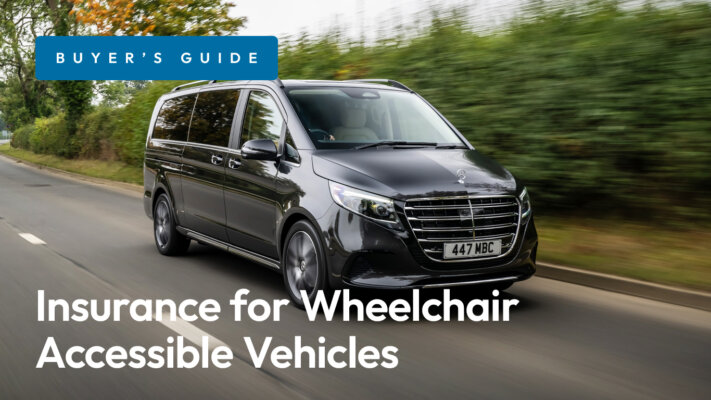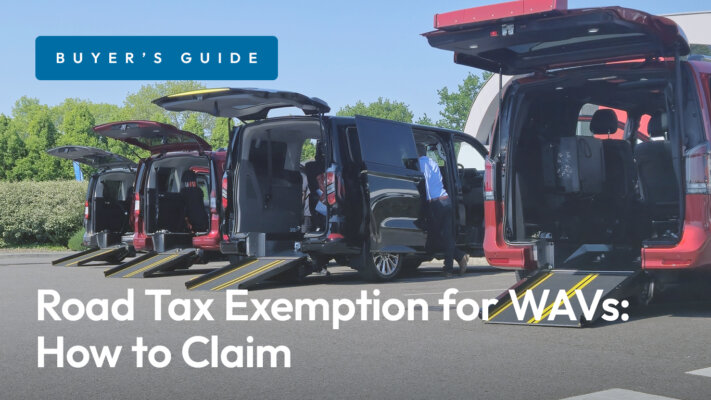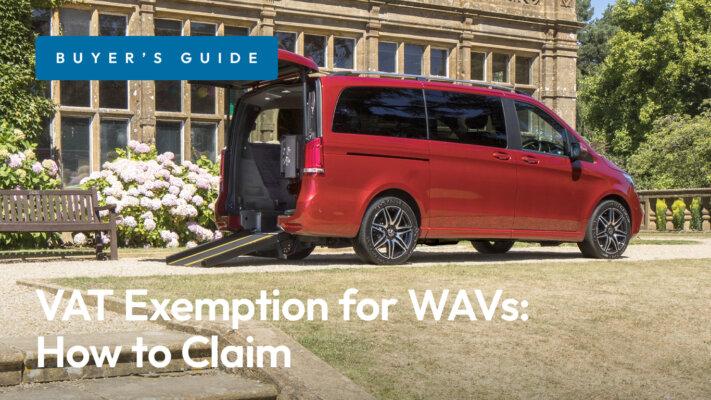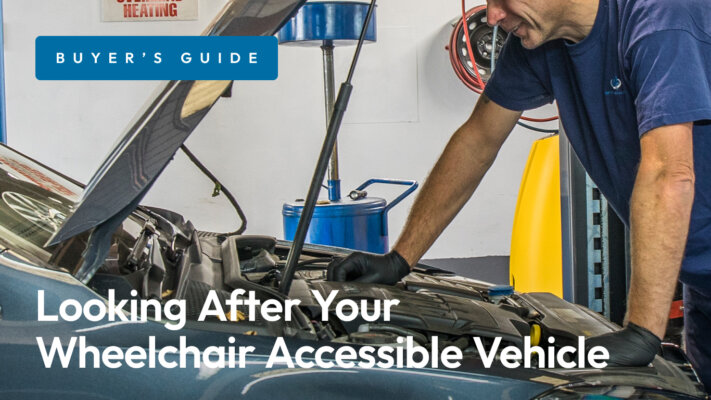With over 40 years of experience in the design and manufacture of Wheelchair Accessible Vehicles (WAVs), Brotherwood® are recognised as the experts in providing comfortable, inclusive and safe travel for wheelchair users and their families.
We know that choosing the right vehicle for your needs is complex, and our expertise has helped hundreds of Clients, Case Managers, Occupational Therapists, Rehabilitation Professionals and Solicitors, to find the perfect mobility vehicle solution.
WAV Buyer's Guide
What is a Wheelchair Accessible Vehicle?
There are many different types of Wheelchair Accessible Vehicle (WAV), adapted for the various needs of disabled people. Learn about then main types of WAV here.
LEARN MOREWAV Buyer's Guide
What Size WAV is Right for Me?
It is critical to assess how much interior space you require from your Wheelchair Accessible Vehicle. This will enable you travel comfortably, with good visibility out of the windows and without feeling cramped.
LEARN MOREWAV Buyer's Guide
Is My Wheelchair Suitable for a WAV?
Whilst most WAVs are designed to carry as many different types of wheelchair as possible, not all wheelchairs are suitable for use in a Wheelchair Accessible Vehicle.
LEARN MOREWAV Buyer's Guide
Why do Wheelchair Accessible Vehicles Have a Lowered Floor?
Wheelchair Accessible Vehicles (WAVs) are fitted with a lowered floor (sometimes referred to a a dropped-floor) that creates several benefits for the wheelchair user when travelling.
LEARN MOREWAV Buyer's Guide
How to Test Drive a Wheelchair Accessible Vehicle
Brotherwood offer free home demonstrations of our Wheelchair Accessible Vehicles across the UK. Here's how to make the most of your WAV test drive.
LEARN MOREWAV Buyer's Guide
Key Features to look for in a Wheelchair Accessible Vehicle
With a huge range of Wheelchair Accessible Vehicles available, it can be hard to know what to look for. Here are some key features to consider for your next WAV.
LEARN MOREWAV Buyer's Guide
Wheelchair Accessible Vehicle Funding Options
There are multiple affordable and flexible funding options for Wheelchair Accessible Vehicles, so consider which works best for your budget.
LEARN MOREWAV Buyer's Guide
Insurance for Wheelchair Accessible Vehicles
A Wheelchair Accessible Vehicle (WAV) is no different to insure than a standard vehicle, however you will need to inform your insurer that it has been converted to transport a wheelchair user, as you will [...]
LEARN MOREWAV Buyer's Guide
Road Tax Exemption for WAVs: How to Claim
If you own or are planning to buy a Wheelchair Accessible Vehicle (WAV), you could qualify for WAV road tax exemption — saving you a significant amount of money every year.
LEARN MOREWAV Buyer's Guide
VAT Exemption for Wheelchair Accessible Vehicles
Following a review and a public consultation over the VAT treatment of adapted motor vehicles by HM Revenue and Customs (HMRC), a number of changes were made to the legislation with effect from 1 April [...]
LEARN MOREWAV Buyer's Guide
Looking After Your Wheelchair Accessible Vehicle
Whilst most Wheelchair Accessible Vehicles can be serviced at a main dealer, some elements of the conversion may need specialist maintenance.
LEARN MOREWAV Buyer's Guide
Help Me Choose a WAV
Find the perfect WAV for your needs with our Needs Assessment Tool. Simply enter a few details about yourself and your mobility needs and we’ll recommend a vehicle to suit your lifestyle.
LEARN MORE
